#maya history
Text
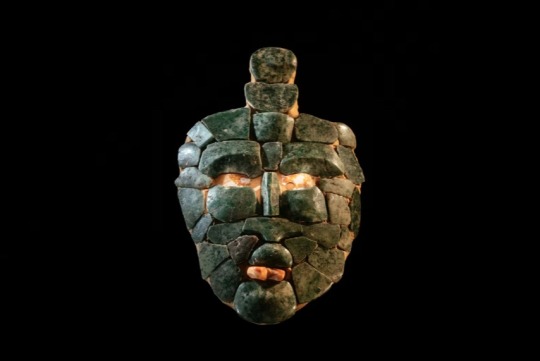

Jade Mosaic Mask Discovered in Maya King's Royal Tomb
Revealing rare treasures and royal lineage.
A Tulane University archaeologist has recently discovered an ancient Maya tomb dating back 1,700 years at the site of Chochkitam in Guatemala near the borders of Mexico and Belize.
The tomb’s remarkable funeral offerings, such as a mosaic jade mask, rare mollusk shells, and writings carved in human femur bones, provide valuable insights into Maya civilization. The discovery includes depictions of a previously unknown king believed to be holding a jade mask similar to the one found in the tomb.
Hieroglyphs on the artifact are thought to connect the ruler to the Maya states of Tikal and Teotihuacan, providing historical and genealogical information.
This discovery is like winning the lottery in terms of information. It opens a window into an obscure time we have little texts about. The newly discovered tomb from the Maya classic period, dating from 250-900 AD, is a significant find given the limited remnants from this era, primarily affected by looting.
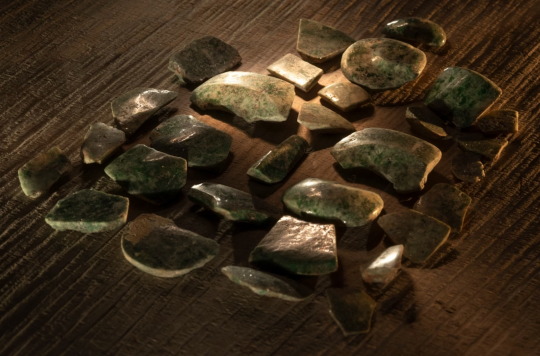

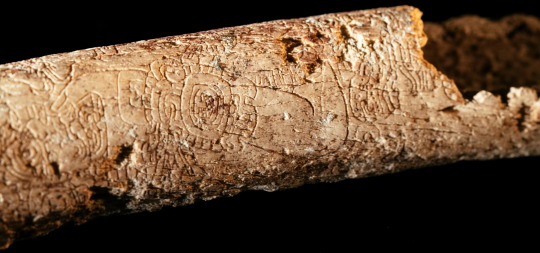
The tomb, located just 2 meters away from where looters had previously stopped, is remarkably well-preserved, with minimal damage aside from the natural decay and the collapse of the stone ceiling. This fortunate preservation provides archaeologists with a rare opportunity to explore the rich history and offerings within the tomb.
Estrada-Belli, a research assistant professor in the Tulane University School of Liberal Arts, said, “That was the first amazing thing about it. It was fortunate.”
Lidar technology played a crucial role in the tomb’s discovery by enabling archaeologists to detect looters’ tunnels and map the jungle floor precisely. This advanced technology, akin to ‘taking x-rays of the jungle floor,’ revolutionizes archaeological exploration, allowing researchers to navigate more efficiently through dense vegetation.
The tomb’s contents, including over 16 rare spondylus shells, provide valuable insights into ancient Maya practices, emphasizing their significance in royal contexts as symbols of wealth and elements used in religious and sacrificial ceremonies.



The relics from the tomb, dating back to 350 CE, establish a historical link between Tikal and the central Mexican site of Teotihuacan. This connection sheds light on the cultural exchanges and influences between Maya rulers and the wider Mesoamerican region during the Maya classic period.
The tomb’s contents, including a mosaic jade mask and hieroglyphs carved on human femur bones, offer insights into religious practices and royal lineage, enriching our understanding of ancient Maya civilization. The discovery at Chochkitam, after a century since Fran Blom’s initial exploration, underscores the significance of continued archaeological efforts.
Estrada-Belli said the next stage in his work at the site will be to conduct DNA testing on the bones and maybe uncover additional essential contents buried within the abandoned pyramid.
By Amit Malewar.

#Jade Mosaic Mask Discovered in Maya King's Royal Tomb#Chochkitam#Guatemala#ancient grave#ancient tomb#royal tomb#jade#ancient artifacts#archeology#archeolgst#history#history news#ancient history#ancient culture#ancient civilizations#maya history#maya art
52 notes
·
View notes
Text
On This Day In History
May 3rd, 752: King Yaxun B'alam IV (Bird Jaguar IV) of the Maya city Yaxchilan assumes the throne.
#history#world history#8th century#maya#maya history#mexico#mexican history#yaxchilan#bird jaguar iv#mayan#yaxum balam#indigenous history
60 notes
·
View notes
Text

Tulum - The Temple of the Descending God
4 notes
·
View notes
Text
9 People You'd Like to Get to Know Better
Tagged by @pilesofpillows. Whoever wants should do.😁
Last Song: Unknown/Nth by Hozier. On repeat since it was released the last week of June.
Favourite colour: green
Currently watching: Miniminutemen AKA Milo Rossi's YT Channel. Man's passionate, practices culturally respectful archaeology, & is very entertaining.
Last Movie: "Live action" Lion King. I live with young children. Knowing Chiwetel Ejiofor sings changed my degree of enjoyment.
Currently reading: Probably a Bridgerton Kanthony Modern-day AU. And 2000 Years of Mayan Literature by Dennis Tedlock
Sweet/Spicy/Savory: Yes. A lot. Simultaneously.
Relationship Status: Seriously considering a paid weekly subscription for Dom.
Current Obsession: Pre-Classic, Classic, & Post-Classic Maya History. My hyperfixations go deep and last for years.
Last Thing I Googled: Either liquid breathing with perfluorocarbons or avian lung function. Because Talokanil gills in the fucking neck is STUPID even within the context of how evolution just makes-do with pre-existing structures they should NOT have put gills in just said "lungs only work in water" but no there are gills which means visible rewiring of internal structures why would gills connect mid-trapezius instead of around the torso or fuck even at the face IT MAKES NO PHYSIOLOGICAL SENSE but I need to find a way to make it make sense so my brain stops itching argh
Currently Working On: Beautifully Created (Attoye AU) and Kiss You By the Fence Rails (multi-ship PwithP). Scholarship applications. Yeah.
1 note
·
View note
Text

Book used for research: Maya Cultural Heritage, How Archaeologists and Indigenous Communities Engage the Past by Patricia A. McAnany - contributions by Sarah M. Rowe
Situated at the intersection of cultural heritage and local community, this book enlarges our understanding of the Indigenous peoples of southern México and northern Central America who became detached from “the ancient Maya” through colonialism, government actions, and early twentieth-century anthropological and archaeological research. Through grass-roots heritage programs, local communities are reconnecting with a much valorized but distant past.
Maya Cultural Heritage explores how community programs conceived and implemented in a collaborative style are changing the relationship among, archaeological practice, the objects of archaeological study, and contemporary ethnolinguistic Mayan communities. Rather than simply describing Maya sites, McAnany concentrates on the dialogue nurtured by these participatory heritage programs, the new “heritage-scapes” they foster, and how the diverse Maya communities of today relate to those of the past.
#the royal diaries#royal diaries#lady of palenque#Yax Ahau Xoc#Maya History#Maya Peoples#Lady of Palenque: Flower of Bacal#book recommendations
2 notes
·
View notes
Text



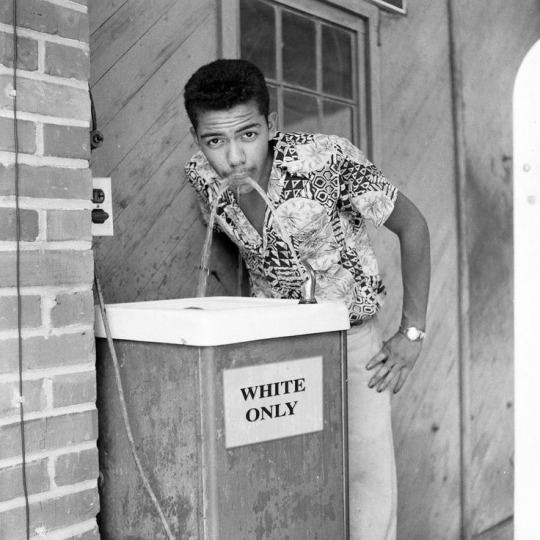



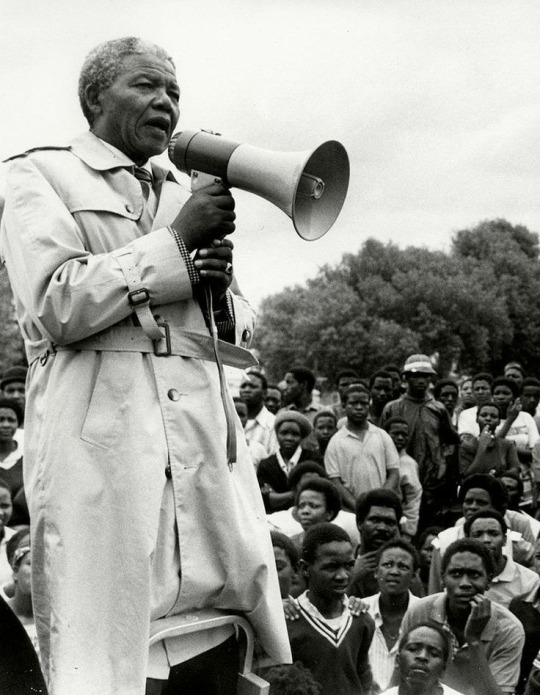


Happy Black History 🤎
#black girl aesthetic#black girl blogger#pinterest#black girls of tumblr#black girl joy#black girl magic#black boy aesthetic#blck history#black history#black hair#black men#black women#harriet tubman#madam cj walker#donna summer#malcolm x#martin luther king jr#james baldwin#maya angelou#toni morrison#eartha kitt#teresa graves#nelsonmandela
3K notes
·
View notes
Text

~ Eccentric Flint in the Form of a Scorpion.
Place of origin: Belize, Guatemala, Honduras, or Mexico (Mesoamerica)
Culture: Maya
Date: A.D. 600–900
Medium: Stone, Chert
#7th century#10th century#flint#eccentric flint#scorpion#mesoamerica#maya#mexico#belize#guatemala#honduras#stone#chert#a.d. 600#a.d. 900#history#museum#archeology#archaeology
5K notes
·
View notes
Text
Secrets of Ishtabay by Mark David Campbell
My rating: 4 of 5 stars
"Secrets of Ishtabay" is a novel following many different perspectives that unwinds a while host of secrets in a small village in Belize in the late 1990s from the visiting Canadian anthropologist's identity he's kept secret from himself to the question of who murdered the local priest in the 60s.
While I found the many switches in perspective and time period a little jarring at first, it wasn't long at all before I was drawn into the variety of characters and stories all happening in this tiny community suddenly becoming an active part of the globalized world thanks to the paved road now leading to it. Throughout, I found Campbell's narrative choices as to how he chose to unravel the village's mysteries very kind in that he allowed for understanding of characters who might be one-dimensional in a less nuanced story. The older generation of men who might be unsympathetic in the narration provided by David, the anthropologist, are given a lot of depth and understanding, as is Rosalind, who brings her own daughter to a brothel. Some of the stories in this village, such as the daughter in the brothel whose long-lost love doesn't give up on her, are a tad sensational and maybe even clichéd, but then, these stories did and do happen.
Especially satisfying about this book is in my opinion the role of culture and anthropology. David, the anthropology student come to study the effects of globalisation on the village, ends up learning more about himself than about the village - as is the tradition of anthropology. And he doesn't solve the murder of the priest, which remains unsolved by everyone except the culprit and one other person. Instead, what he learns about the village is very clearly what the villagers want him to learn. At the same time, many of the villagers are actively struggling with decisions about what to do with their own heritage, how to best preserve it but also how to use it to improve their own lives. It's a very human story, and I enjoyed it a lot.
View all my reviews
#secrets of ishtabay#mark david campbell#bookblr#book review#anthropology#belize#lgbtq books#maya history
0 notes
Text


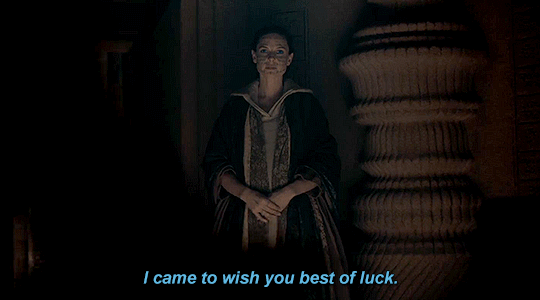



She swallowed past a lump in her throat, looked up into her son’s eyes. "Paul…I want you to do something for me: choose the course of happiness. Your desert woman, marry her if that’s your wish. Defy everyone and everything to do this. But choose your own course. I…."
LADY JESSICA & CHANI KYNES IN DUNE: PART TWO (2024)
#dune part two#dune#dune part 2#duneedit#filmedit#filmgifs#doyouevenfilm#fyeahmovies#moviegifs#rebecca ferguson#zendaya#lady jessica#chani kynes#rfergusonedit#zendayaedit#maya edits#look who suddenly cares about her son again lmaooo#actually though thinking thoughts about how this is the only time we see her without the layers and layers of fabric post water of life#history will remember us as wives...#it is impossible to make this scene look good. literally impossible. denis hates me personally#dune spoilers#film#jessica atreides#1k
1K notes
·
View notes
Text
I am reading "Jungle of Stone" about the two archaeologists who first wrote about the Maya in the Western World.
And part of it is cool because I was just in Mexico and looking at the stone covered in Earth and I'd really like to find something cool and these particular illustrations are still used today to put things in "place". It's not an unimportant story. But other times the writer is like "they discovered the Maya" and I'm like "Bro, they are still there. You just had to ask them."
I guess it's weird because I just finished "Fifth Sun" which is a book about the Mexica, specifically the Aztecs. And the end chapters are like "and then Cortes came and told them they were dumb and took their gold" so I'm salty.
1 note
·
View note
Text

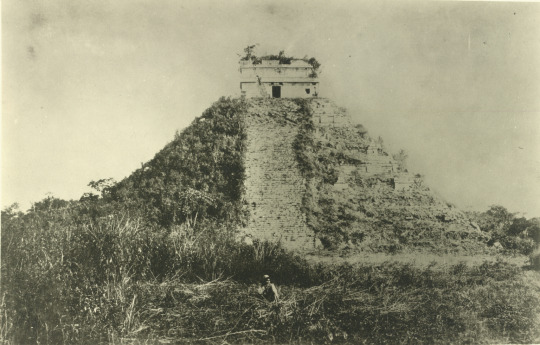

Some early photos of "El Castillo," the temple of Kukulcan, at Chichen Itza, Mexico, before archaeologists rebuilt much of the site.
{WHF} {Ko-Fi} {Medium}
2K notes
·
View notes
Text

Archaeologists Find Maya Warrior Head Sculpture in Mexico
Archaeological rescue work ahead of the Maya Train construction has turned up another remarkable find in Chichén Itzá – a well-preserved sculpture of a Maya warrior head in a helmet shaped like a feathered serpent with open jaws.
The head was discovered on Tuesday in Maudslay’s Temple 6, in the Casa Colorada complex of Chichén Itzá, in Yucatán, as part of the Program for the Improvement of Archaeological Zones (Promeza).
The 33 centimeter-high sculpture appears to date from the earliest period of habitation of Chichén Itzá.
“It was customary to represent warriors with a headdress, with a kind of helmet,” he said. “In this case it is a snake figure from which the face of this character emerges, and a feathered headdress, so it is probably alluding to Kukulcán, the feathered serpent of the Maya.”
Just last week, INAH archaeologists discovered a circular temple dedicated to Kukulcán at the El Tigre site in Campeche, also as part of Promeza works associated with the Maya Train construction.
Prieto Hernández used his presentation at the morning press conference to give updates on other Promeza projects, including conservation work at the Xelhá site on the coast of Quintana Roo.
The site is around 1,300 years old, and its name means “Entrance to the Water” in the Mayan language. It was the principal port of the Cobá kingdom in the years 250-600 A.D., but fell into rapid decline after diseases introduced by the Spanish conquest all but wiped out the native inhabitants.
Prieto Hernández insisted that Promeza projects are helping to give today’s Maya communities new contact with their past – although the Maya Train has also been controversial among Indigenous communities for its impact on the natural environment and their way of life.
As of Nov. 9, Prieto Hernández said that archaeological salvage work on the seven sections of the Maya Train had recovered 57,146 building structures, 1,925 movable artifacts, 660 human burials and 2,252 natural features associated with human settlements.
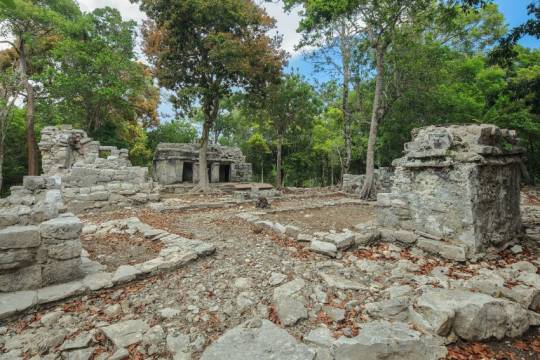
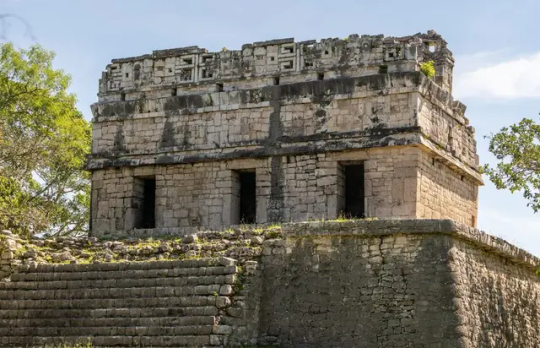
#Archaeologists Find Maya Warrior Head Sculpture in Mexico#Chichén Itzá#Maudslay’s Temple 6#sculpture#stone sculpture#ancient artifacts#archeology#archeolgst#history#history news#ancient history#ancient culture#ancient civilizations#Maya history#Maya art
60 notes
·
View notes
Text
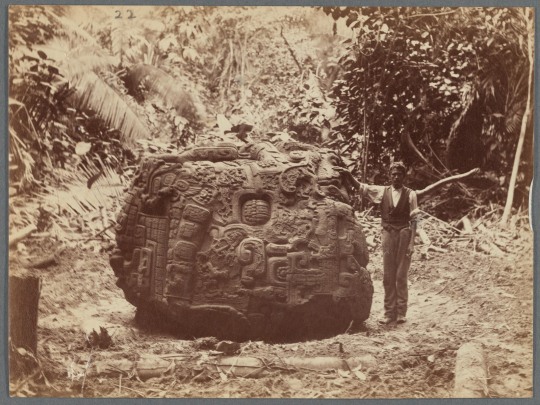
The Great Turtle at Quiriguá, Guatemala, circa 1894.
613 notes
·
View notes
Text

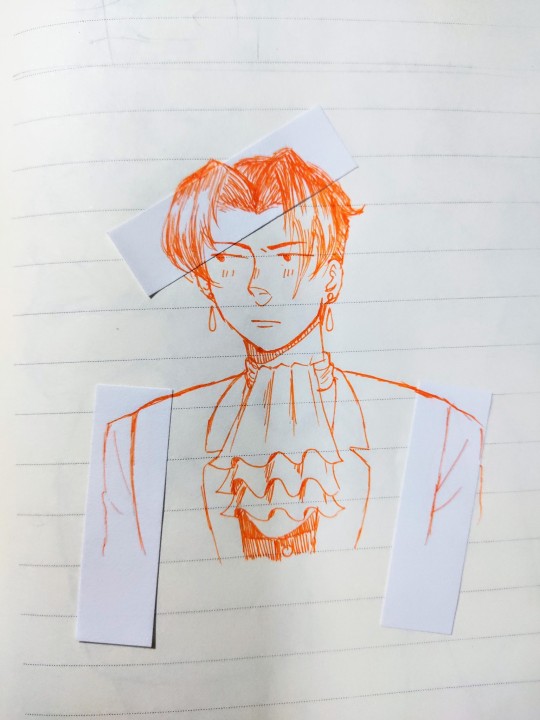



Doodles i made instead of studying
#ace attorney#aa#phoenix wright#miles edgeworth#wrightworth#narumitsu#maya fey#nrmt#doodles#art#ajdhajsh#failed history test but THE GAY IS MORE IMPORTANT 🔥🔥#gay#homosexual behavior#they're gay your honor#silly#they still look off to me somehow grrr#i'll learn anatomy.... someday.... hopefully....#new pen (definitely for writing#ARHASHDHSKJSH#ace attorney brain rot is real#my art
170 notes
·
View notes
Text
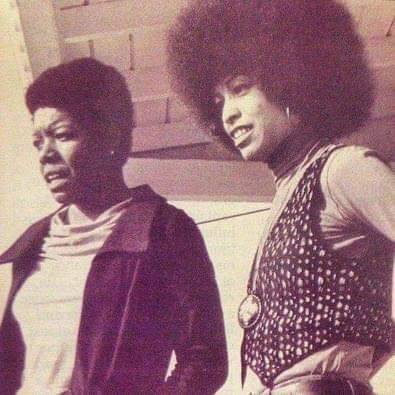
#angela davis#maya angelou#black tumblr#black history#black literature#black excellence#black community#civil rights#black history is american history#civil rights movement#black girl magic
491 notes
·
View notes
Text

Mayan civilian with tamales as offerings for the gods.
#the royal diaries#royal diaries#lady of palenque#Yax Ahau Xoc#Maya History#Maya Peoples#Lady of Palenque: Flower of Bacal
1 note
·
View note